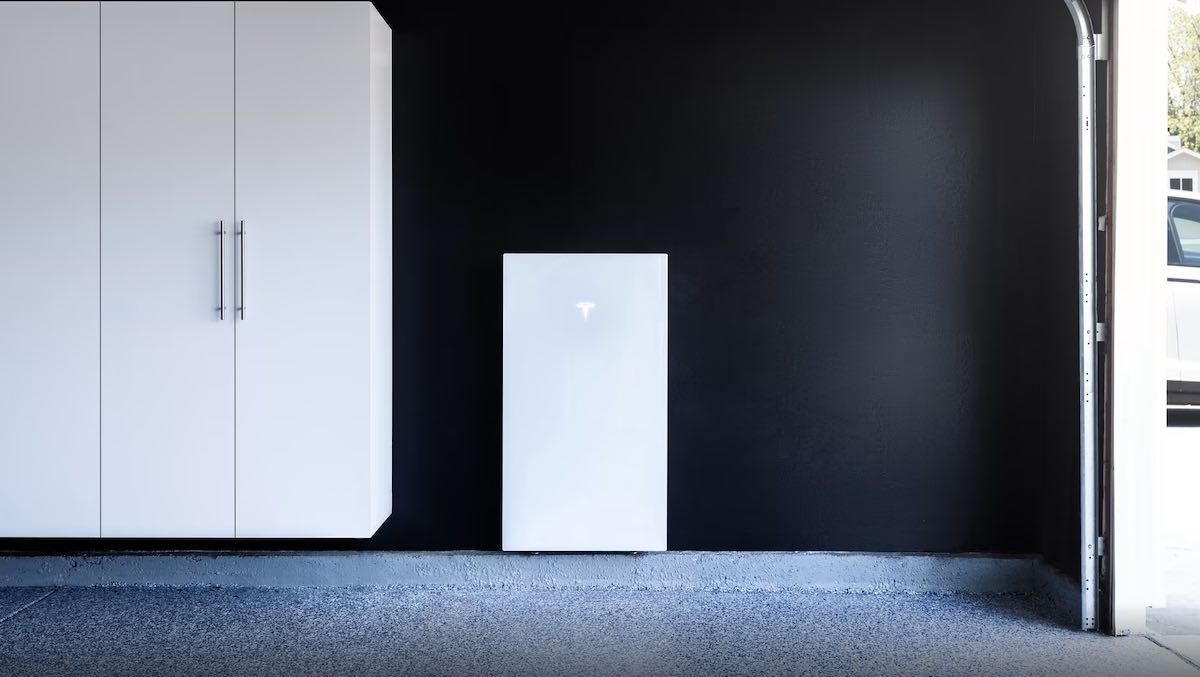
After a flurry of social media excitement at the end of last week, Tesla has finally come to its own Powerwall 3 party with an official social media launch of the new home battery in the US, and with some firm details on what to expect, when it lands.
So when does it land? Not for a few months yet. Despite the early sightings, the Tesla website now confirms that the Powerall 3 will not be made available for order in the US until the start of 2024.
What that means for the timing of an Australia launch remains to be seen – no word back on that from Tesla.
To the specs: In keeping with the promise that the new Powerwall will be more powerful than its predecessor, Tesla confirms that the PW3 is a 13.5 kWh unit capable of 11.5kW continuous on-grid power and 11.5kW continuous backup power – a major upgrade.
This compares to 5.8kVA continuous on grid power from the Powerwall 2, and 10kW peak backup power.
“For most homes,” the website says, this means “customers can receive whole-home backup to power their entire home during an outage and have energy independence by producing energy with solar.”
According to the specs, now fully published here, the new battery also offers a “solar-to-grid efficiency” of 97.5% and six solar inputs (up from four in the PW2) with “Maximum Power Point Trackers.”
Powerwall 3 is designed for fast & easy installation & has more power than ever before. Coming next year → https://t.co/92iOZ6PxQQ pic.twitter.com/d9tIDON06O
— Tesla Energy (@teslaenergy) September 13, 2023
Another key difference with the Powerwall 3 is that it has a fully integrated solar inverter and control system, which makes it easy and cheaper to install – but which also means it is not compatible to install alongside earlier Powerwall models.
More notably, Powerwall 3 also is not compatible with any other solar inverters. In this sense, Tesla is clearly targeting customers making their first foray into the solar and battery market, or replacing old systems with an entirely new one. Mixing and matching won’t really be an option here.
The payoff is that plug-and-play capability and the fact that, with the inverter integrated there will be greater efficiency all round.
Another difference between versions 2 and 3 is that the new Powerwall is an overall smaller unit by footprint – which, in Australia at least, with our very particular installations standards, will always be a bonus.
According to the official specs, the Powerwall 3 is around 110cm long (43.25in) and 61cm across (24in), compared to the PW2: 115cm long (45.3in) and 75cm (29.6in) across.
The new battery is, however, stouter and heavier than the Powerwall 2, as might be expected when you add an inverter into the mix. Tesla says the Powerwall 3 measures just under 20cm in depth (PW2 just under 15cm) and weighs in at 287lbs or around 130kg – about 15kg heavier than the PW2.
Other details include that, for those looking for more storage capacity, a maximum of three Powerwall 3 batteries can be stacked together, allowing for a maximum total storage capacity of 40.5kWh. This is less than for the Powerwall 2, which allow up to 80kWh of stacking.
The only bits of key information still not available are the price of the Powerwall 3 and its chemistry – no word yet on whether or not it uses lithium iron phosphate, rather than the more standard lithium-ion.
On looks, the social media jury is still out. But it’s safe to say that the more utilitarian and less sleek appearance of the Powerwall 3 isn’t immediately winning people over.


Sophie is editor of One Step Off The Grid and editor of its sister site, Renew Economy. Sophie has been writing about clean energy for more than a decade.

